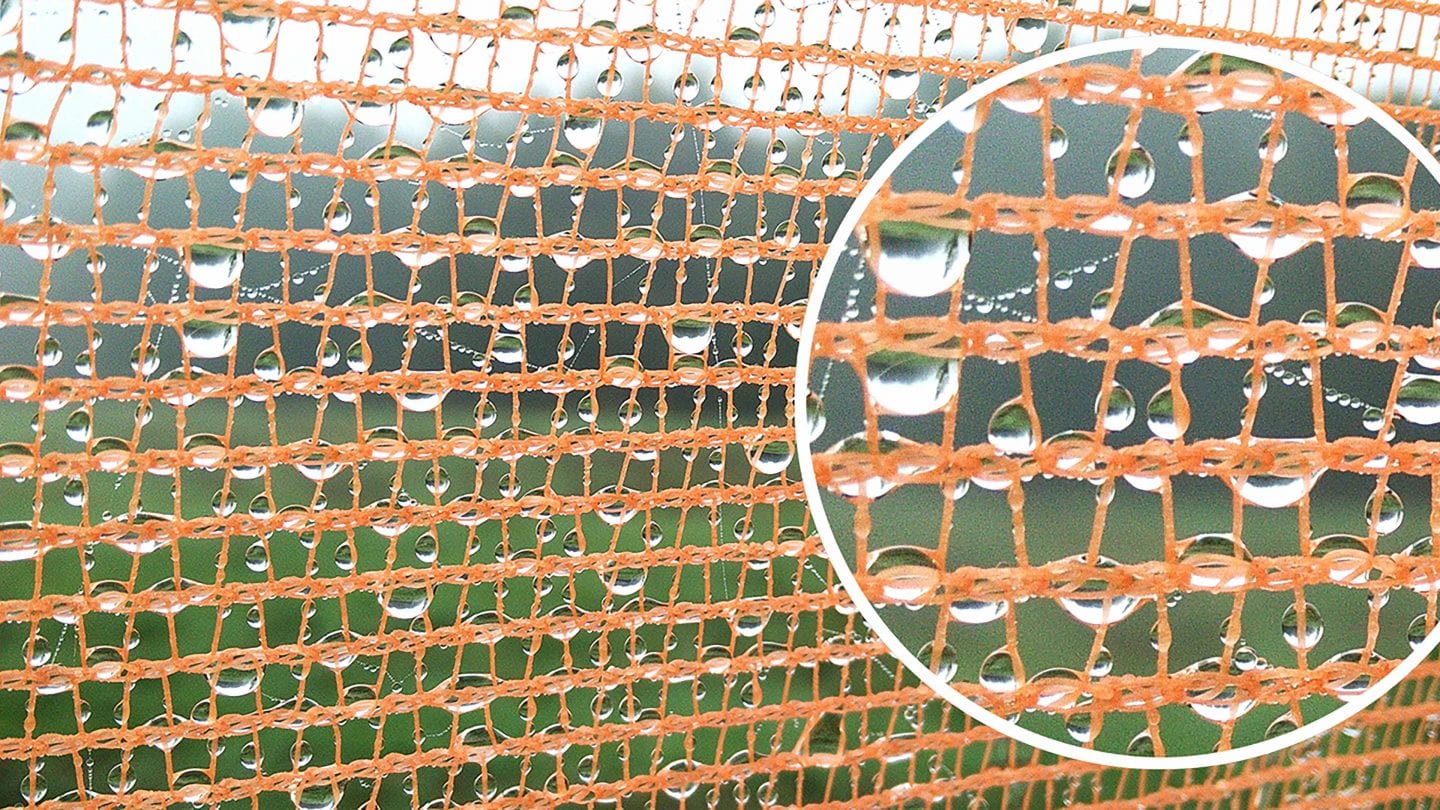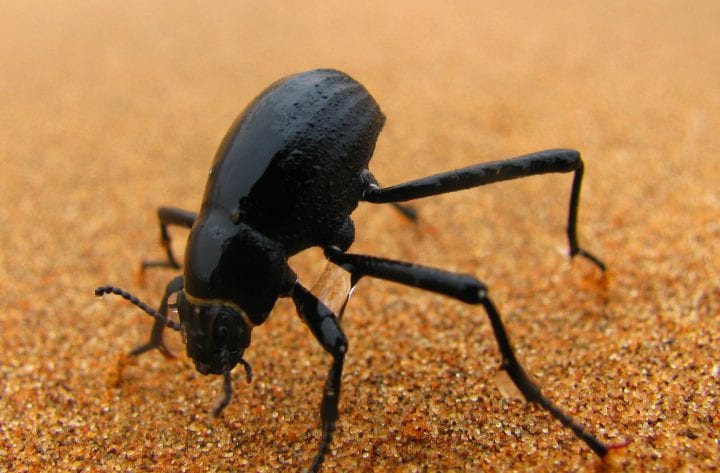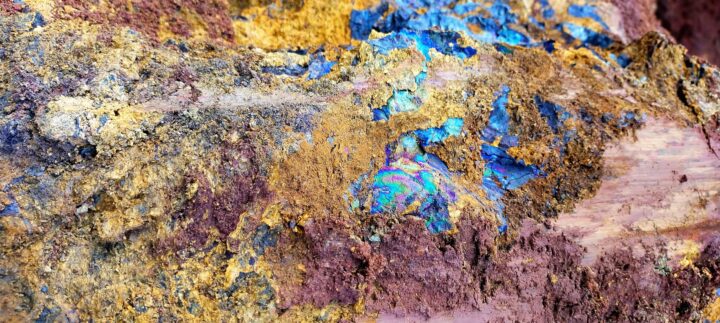Warka Tower from Warka Water uses a mesh net to collect water from humid air.
Benefits
- Zero energy use
- Inexpensive
- Easy to build
Applications
- Residential water collection and storage
UN Sustainable Development Goals Addressed
-

Goal 3: Good Health & Wellbeing
-

Goal 6: Clean Water & Sanitation
-

Goal 11: Sustainable Cities & Communities
The Challenge
A major health problem in developing countries is the spread of diseases perpetuated by the lack of clean water and sanitation systems. Often contaminated by human and animal waste, the impact of tainted water on the health of communities is severe. Each year, many people die of diarrhea and other illnesses, such as malnutrition, pneumonia and malaria. In many areas of the world, gathering water can be a strenuous or dangerous task. Additionally, systems that transport and create potable water can be expensive and complicated.
Innovation Details
Warka Tower is made of a bamboo frame that supports a mesh polyester material. It costs very little to make and is easy to build. Atmospheric water vapor from either rain, fog, or dew condenses against the cold surface of the mesh, forming droplets of liquid water that trickle down into a reservoir found at the bottom of the structure, similar to how a darkling beetle collects water from fog. A fabric canopy shades the lower sections of the tower to prevent the collected water from evaporating.

Biological Model
Darkling beetles live in the Namib Desert, one of the driest habitats in the world. They get the water they need from dew and ocean fog in the air. The beetle has special tips and bumps on its wing scales that help it to collect water. Water in the air condenses on the tips to form water droplets, which then flow off the bumps and into the beetle’s mouth.






